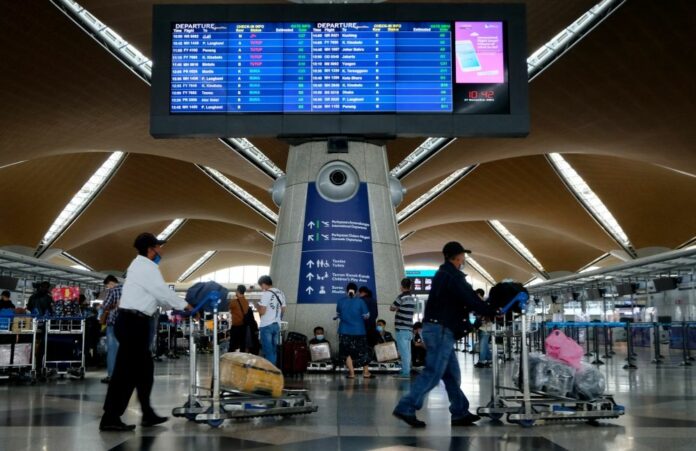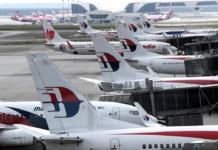KUALA LUMPUR, Dec 19 — The Malaysian Aviation Commission (MAVCOM) anticipates air passenger traffic in 2023 to grow between 40 per cent and 52 per cent year on year (y-o-y), translating to between 74.6 million and 80.8 million passengers.
This will be driven by the gradual restoration of key markets beginning in the fourth quarter of 2022 (Q4 2022) with local carriers, including Malaysia Airlines, AirAsia, AirAsia X, and Batik Air having made plans to restore capacity and increase frequency, it said in a statement.
In the December edition of Waypoint, MAVCOM highlights that total passenger traffic peaked in Q3 2022 at 15.6 million, reaching its highest point since the commencement of the pandemic.
The commission also notes that 2023 cargo traffic is forecast to grow between 3 per cent and 4.8 per cent y-o-y to between 22.4 billion and 22.8 billion freight tonne kilometre (FTK) due to the continued growth of e-commerce and the electrical and electronics (E&E) sector.
Citing MAVCOM’s Air Connectivity Index, Malaysia’s ranking as the most connected country in ASEAN in Q3 2022 dropped from fifth to sixth place, partially due to China’s zero COVID-19 policy, as only a limited number of slots were available to China.
While Malaysia offered more international seats and destinations, its higher percentage of international seats scheduled to low-weightage airports further contributed to the slight drop in ranking.
Meanwhile, KL International Airport was the fourth-most connected airport in ASEAN behind Changi Airport in Singapore, Suvarnabhumi – New Bangkok International Airport in Thailand, and the Ninoy Aquino International Airport in the Philippines.
MAVCOM executive chairman Datuk Seri Saripuddin Kasim said the resumption and introduction of new air service routes by local airlines as well as the relaxation of travel restrictions around the world have contributed significantly to the recovery of passenger traffic to Malaysia.
He added that air connectivity continues to be a vital driver of economic growth and as such it is important to review the quality of Malaysia’s connections and align future expansion with the national economic development agenda.



















